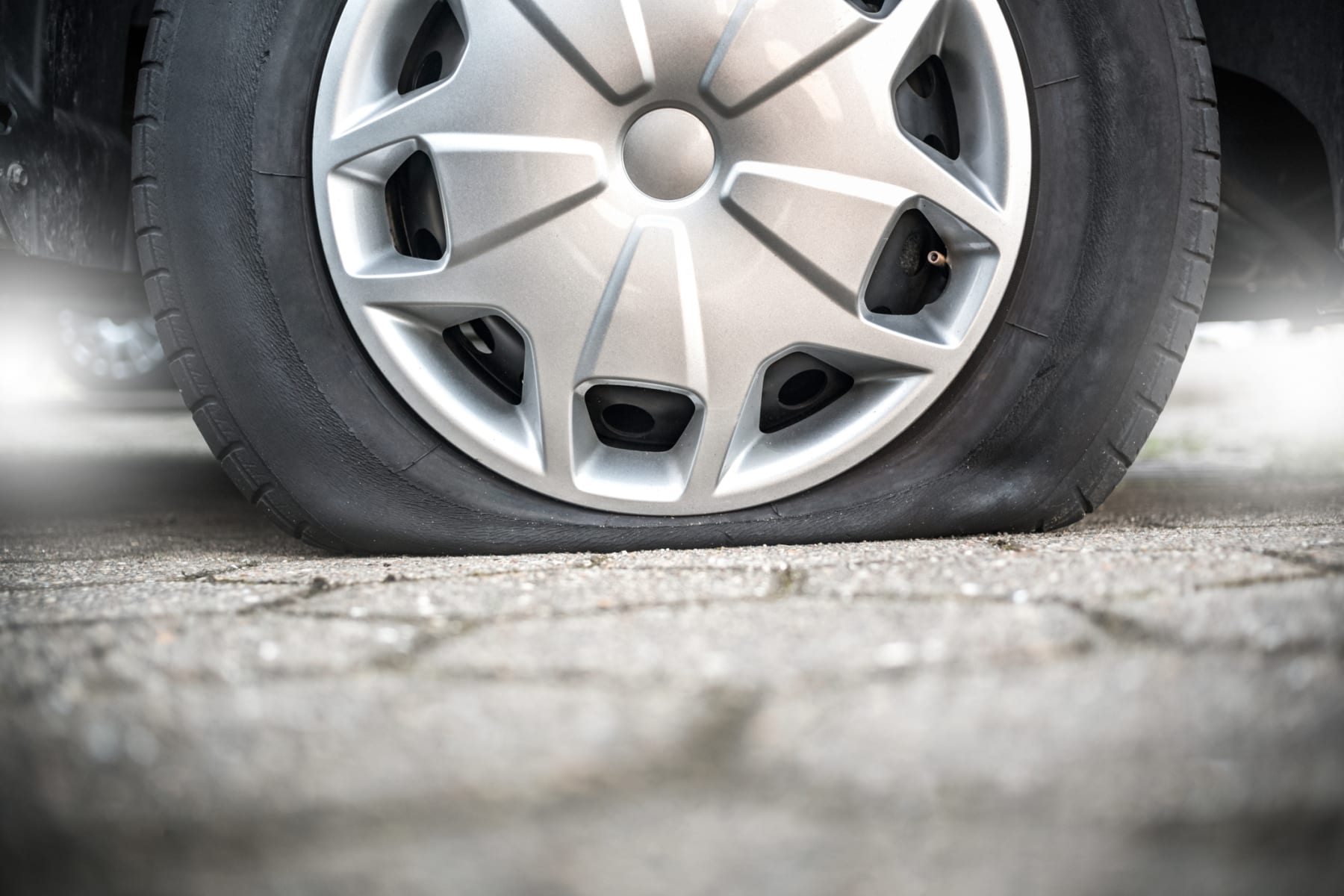Morris Tire Service: Reliable and Economical
Morris Tire Service: Reliable and Economical
Blog Article
Specialist Guide to Tire Repair: Every Little Thing You Required to Know
Navigating the globe of tire fixing can be a complicated job for numerous lorry proprietors. From identifying the common sources of tire damages to understanding the complex actions associated with restoring a leak, there is a riches of understanding to grasp. In this thorough overview, we will decipher the intricacies of tire fixing, losing light on the numerous types of repair work packages readily available and offering useful understandings into when it may be time to bid farewell to a worn-out tire. Remain tuned as we dig much deeper right into the nuances of tire maintenance, equipping you with the important knowledge to guarantee your tires stand the test of time.
Usual Reasons For Tire Damages
What are the usual causes that bring about tire damages, impacting lorry performance and safety? Tire damages can happen as a result of various elements, with one of the primary factors being improper inflation pressure. Under-inflated tires can create too much warmth build-up, bring about raised wear and possible blowouts. Alternatively, over-inflated tires can lead to reduced grip, unequal wear, and a harsher adventure.

One more typical reason of tire damages is inadequate tread depth. Damaged treads can jeopardize hold on the road, specifically in damp or slippery conditions, raising the risk of mishaps. In addition, driving over fractures, debris, or sharp things can penetrate or create cuts in the tire, weakening its structure and potentially causing a level.
Additionally, inappropriate wheel positioning and unbalanced tires can also contribute to tire damages. Misaligned wheels can result in unequal wear patterns, while out of balance tires can create vibrations, affecting both the automobile's handling and the tire's longevity. Routine upkeep checks and punctual fixings can assist alleviate these typical root causes of tire damage, guaranteeing optimal car performance and safety and security.
Kinds Of Tire Repair Packages
To resolve the after-effects of common root causes of tire damage reviewed previously, it is essential to comprehend the various kinds of tire repair service sets available for lorry owners. There are largely three kinds of tire repair service packages generally used: plug sets, patch packages, and mix repair kits.
Plug kits are a quick and simple service for fixing tiny punctures brought on by nails or screws. They contain a T-handle tool and rubber plugs that can be put into the slit to seal the hole efficiently. Patch sets, on the other hand, are much more ideal for bigger punctures or cuts in the tire. These packages include a patch and glue product that is related to the inner cellular lining of the tire to cover the damaged location safely.
Combination fixing sets provide the advantage of having both plug and spot parts, supplying a comprehensive remedy click over here now for a variety of tire damage circumstances. It is necessary for automobile owners to acquaint themselves with these various types of tire fixing packages to be planned for any type of unforeseen tire problems when traveling.

Actions to Repair a Tire Slit
Repairing a tire puncture needs a systematic approach and the right devices to ensure a risk-free and reliable service. When faced with a punctured tire, the initial step is to securely pull over to a flat, steady surface away from website traffic. Engage the parking brake and area wheel chocks behind the tires to prevent any type of unintentional rolling.
When to Change a Tire
Establishing the ideal time for tire replacement requires a thorough analysis of numerous vital factors associated to tire wear and read safety and security. One crucial element to consider is the tread deepness. As tires use down, the depth of the walk declines, affecting the tire's grasp when driving. The majority of experts suggest changing tires when the walk depth reaches 2/32 of an inch to preserve optimal traction (tire tracks morris il). Additionally, evaluating the tire for any signs of damage such as cuts, bulges, or fractures is essential. These issues can jeopardize the architectural stability of the tire, boosting the threat of a blowout. Age is an additional considerable consider tire replacement. Even if the walk depth appears adequate, tires older than six years ought to be carefully checked out, as the rubber can weaken with time, making the tire extra prone to failure. Consistently examining these factors and seeking advice from an expert can aid determine when it's time to change a tire for optimum safety on the roadway.

Tire Upkeep Tips for Longevity
After analyzing essential factors associated to tire wear and safety, implementing appropriate tire upkeep practices is crucial for taking full advantage of the long life of your tires. Frequently checking tire stress is essential, as underinflated tires can lead to raised wear and lowered fuel effectiveness.
Turning your tires at routine intervals, normally every 5,000 to 7,000 miles, promotes even step wear throughout all tires. Checking tires for indicators of damages, such as cuts, protrudes, or slits, is additionally important for keeping tire long life. By complying with these tire maintenance suggestions, you can make best use of the life-span of your tires and make sure a smooth driving experience.
Final Thought
In conclusion, comprehending typical sources of tire damage, utilizing the ideal tire fixing kits, complying with proper actions to fix a tire slit, understanding when to change a tire, and carrying out tire maintenance suggestions visit this site right here are essential for making the most of the long life of your tires. By remaining educated and aggressive in resolving tire problems, you can make sure safety and security when traveling and extend the lifespan of your tires.
Report this page